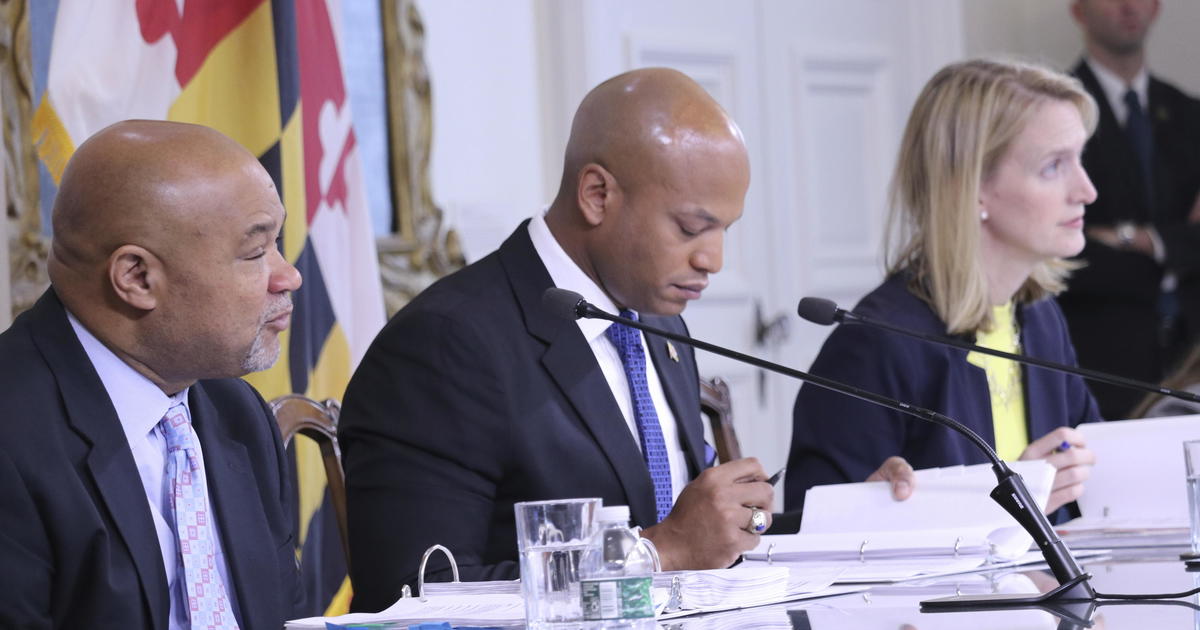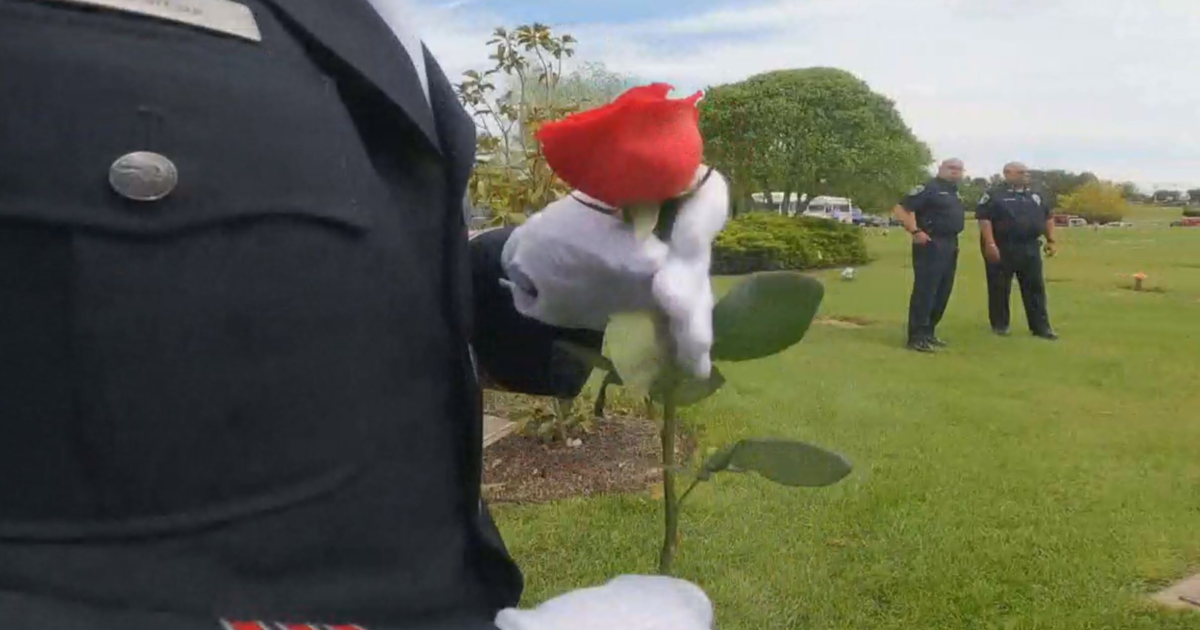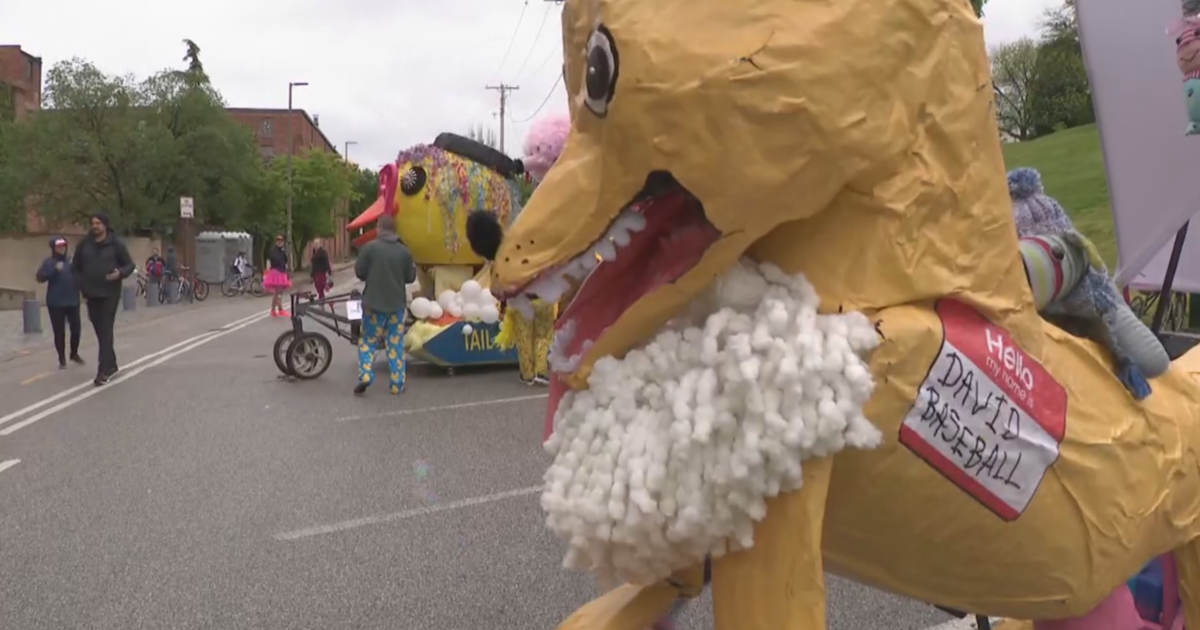The ugliest day in Maryland and bloodiest day in U.S. history signaled a step toward freedom
SHARPSBURG, Md. (AP) — For the better part of 160 years, military historians have been poring over the movements of Union and Confederate soldiers through southern Washington County in the waning days of the summer of 1862 and piecing together the conditions that led to the worst single-day carnage in American history.
But there's always been more to the Battle of Antietam than that, and historians have been piecing that jigsaw together, too.
At the Antietam National Battlefield, park officials have been drawing on the rest of the Antietam story to guide new exhibits, wayside markers and other means of interpreting the battle beyond the confines of the physical combat. As the park marks the 160th anniversary of the battle this weekend, they're focusing on showing visitors a more comprehensive account.
When the park embarked on renovations to its visitors center, the time was right to determine how to tell this bigger story, Park Ranger Keith Snyder, the battlefield's chief of resource education and visitor services, said. With help from an advisory team composed of historians and rangers from other Civil War battlefields, the staff developed five "universal" themes for its interpretation going forward: conflict, terror, survival, memory — and freedom.
"We're trying to reach a broader audience," Snyder said, "because I think it's safe to say that some folks are not as interested in battle tactics as they might be the concept of freedom.
"That's why these concepts are universal. Both are equally important in a battlefield. But if you tell a broader story, logically you would have a broader audience."
A critical victory and the roots of freedom
In the summer of 1862, President Lincoln drafted a preliminary Emancipation Proclamation. Lincoln knew that much of the Confederate war effort was supported by enslaved labor, and depriving the states in rebellion of that resource would weaken them.
Trouble was, the war was going badly for the Union that summer, and Lincoln had been alternating generals to lead his Army of the Potomac in search of one who could snare consistent victories on the field.
Meanwhile, a Confederate military adviser who had that ability had just been given command of the Army of Virginia. He was a former superintendent of the Military Academy at West Point named Robert E. Lee — a man who'd been offered, and had declined, the rank of major general in the Union Army during the secession crisis of 1861.
Now, Lee was kicking the Army of the Potomac all over Virginia. And that army's commander, George B. McClellan, was a consistent thorn in the president's side.
Nevertheless, on July 22, Lincoln presented his proclamation to his cabinet.
It was Secretary of State William Seward who finally spoke, advising Lincoln that it would be unwise to issue such an order while the Army suffered so much defeat. He suggested the president wait until the Union could claim a victory, or the proclamation would be seen as the desperate, meaningless act of a government in retreat.
That victory came on Sept. 17 in the farmlands around Sharpsburg. Lincoln announced the Preliminary Emancipation Proclamation on Sept. 22. Antietam's significance as something more than a bloodbath was sealed.
"Our story is is a bigger story than just the details of the battle," Snyder said. "It's important for people to understand why 100,000 men came here to destroy each other. It's important to understand the legacy and the outcomes of the worst day and this bloodiest day in American history … the battle details are critical, too, because you have to understand the battle to understand how the outcome came about."
But it's that "outcome" park officials want visitors to better understand.
"These are broader questions that are important if you want to have a fuller understanding of why this event happened and what it meant," Snyder said.
Lincoln's proclamation, Snyder noted, was the "first step to freedom for four and half million Americans" and one of the greatest outcomes of the battle.
But it didn't have much effect on enslaved people in Maryland as this state had not seceded — although Lincoln, probably correctly, regarded that possibility as a threat. Emancipation in Maryland would come in with a new state constitution in 1864.
New opportunities bear the fruits of freedom
Thriving Black communities developed in the shadows of Antietam's battlefield, and that's one of the stories park officials plan to tell.
"The question we're trying to get at is what did that freedom mean for the people nationally and locally," Snyder said. "And the best example of that, which will be part of our exhibits, is Tolson's Chapel."
That little building on High Street in Sharpsburg, built in 1866 to serve the Methodist Episcopal congregation, quickly began serving double-duty as a school for Black children.
"What the newly freed African Americans sought out was education and religion — the freedom of education and the freedom to worship," Snyder said. "That's universal."
The National Park Service recently commissioned a study by local historian Edie Wallace, who spearheaded the Tolson restoration, about post-war Black communities in the region. Her report, called "They Have Erected a Neat Little Church," is available online at tinyurl.com/56ht287d.
Wallace looked at rural communities near Washington — in Maryland, Virginia and eastern West Virginia — including Sharpsburg and the community of Red Hill near Keedysville, and the impact of war and Reconstruction on how they developed.
She details how churches, schools and benevolent societies were established in these rural communities, and concludes that "the inspiring response of African American communities across the U.S. to race-based social inequity, violence and injustice" is a bright spot in American history.
"Their resilience and their determination to live, grow and thrive, to whatever degree they could 'under the most adverse circumstances,' should serve as a beacon of hope for all Americans, now and in the future."
Accordingly, artifacts from Tolson's Chapel will be on display in the visitor center's exhibits when it reopens, Snyder said.
Access to education and freedom of worship is "as powerful as anything we could talk about," Snyder said. "I think almost every person on the planet … would want to educate and worship to improve their lives, improve their families, and worship in peace."
The evolution of those freedoms for the local Black community "is a very complex story," he added, "which is why we're trying to clarify it. That's part of our mission is to take complex stories and make them understandable and accessible. I think that's part of our responsibilities. And same with the battle, too — the battle is an incredibly complex, challenging story. And that's part of our mission here is to make the battle itself understandable and accessible.
"It's a human story. It's not red blocks on a map; it's the human experience of tragedy, and hardship, and victory. I mean, every emotion that a human could experience was experienced on this field before, during and after."
The newly improved visitor center exhibits will tell that broader story and serve as a "springboard" for the new trail system and tour offerings, some of which are already in place.
This work will allow visitors to get to know "the people that fought here, the people that lived here and the people across the country whose lives were affected by the outcome," Snyder said.
(© Copyright 2022 The Associated Press. All Rights Reserved. This material may not be published, broadcast, rewritten or redistributed.)



